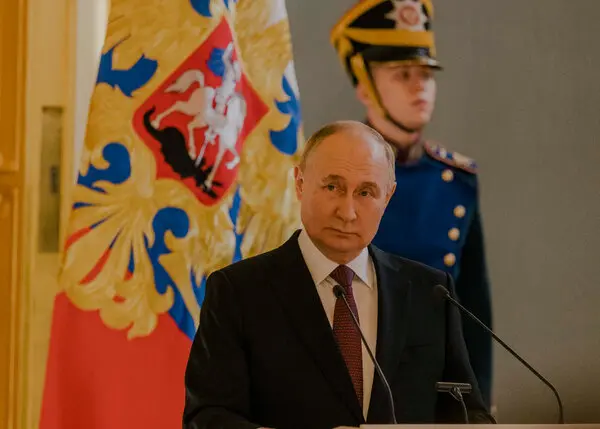By: Sophie Li
On Friday, President Vladimir Putin announced that Russia would produce new intermediate-range missiles following the end of a nuclear missile treaty with the United States. Putin said he would consider deploying the missiles within range of NATO nations.
After accusing the Russians of violating the 1987 Intermediate-Range Nuclear Forces Treaty, the United States pulled out in 2019. The treaty banned land-based cruise or ballistic missiles with ranges between 300 and 3,400 miles. Now, only one nuclear treaty stands, the New START treaty, limiting each country to 1,550 deployed nuclear warheads and 700 deployed missiles and bombers. It expires in February 2026, with a worrying lack of discussion regarding a successor.
Putin has also positioned missiles in Kaliningrad, close to Western Europe.
Putin’s delivered his statement at a critical time, just before elections in Britain and France and days before the 75th anniversary NATO summit. The also follow Putin’s visit to North Korea, where he established an alliance with ___. By making the announcement, Putin hopes to raise the stakes in the conflict between Russia and NATO.
“Today it is known that the United States not only produces these missile systems but has already brought them to Europe for exercises, to Denmark. It was recently announced that they are in the Philippines,” said Putin, referencing the United States’ Typhon missile system which was tested in the Philippines. The Pentagon also deployed weapons in Asia in response to a growing missile threat from China.
Although there had been no permanent missile deployments in Europe, Putin implied the possibility that the United States would leave weapons after the exercises in Denmark.
“We need to begin producing these attack systems and then, based on the actual situation, decide on where to deploy them to ensure our security, if necessary,” said Putin. This could be in the range of the United States allies in Europe and Asia. [Something about how that makes the West feel?]











